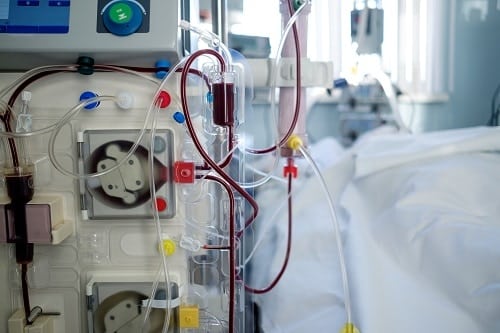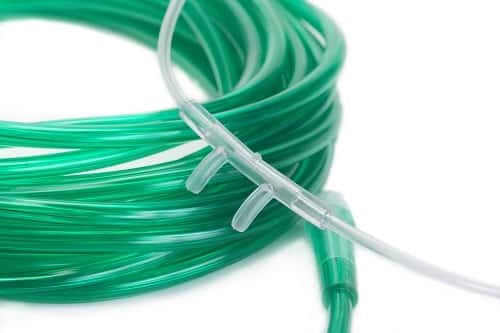
One constant in the highly competitive medical device manufacturing industry is the quest to produce improved devices with better and better performance ratios. This challenge has created several sub-challenges, one of which was to figure out how to join metal and plastic and have them work in unison. One small way they have achieved their goals in this regard is to mainstream the use of standard wall PTFE tubing in medical devices where tubing is needed. There are many reasons for this.
The Industry Environment
The medical device industry is one of the most competitive in existence. As an industry, there are many manufacturers competing for the same customers, and that means gaining a slight competitive edge can be the difference between cornering the market and showing up a little late.
In addition, there are strict regulations that are part of the governing regimen of the federal Food and Drug Administration (FDA). Manufacturers also have to be concerned with the invasiveness of their equipment and their ability to provide their intended service in an environment where a malfunction can literally kill a patient. Their devices have to work, and work correctly every time, which means superior quality is a principal goal.
What PTFE Is
Industrial wall PTFE tubing helps meet all that criterion. PTFE, a fluoropolymer, has been used for decades and is a chemical product that has a high number of fluorocarbons. The closest everyday substance that it resembles is Teflon.
Non-Stick
As with Teflon, the non-stick qualities of wall PTFE tubing make it ideal for a medical device. Non-stick surfaces make the transfer of fluids almost seamless and helps avoid clogging, ensuring a medical device remains functional, even during high use. The same concept that lets you cook on a non-stick pan surface without having food left behind is the same principle that makes PTFE tubing ideal.

No Chemical Reactions
Another benefit is that it is inert with most chemicals. This means there are no adverse reactions that could harm the device or the patient or interfere with the performance of the machine. Not having to take that into account speeds up the manufacturing process and reduces the chances that a piece of equipment will become an issue when treating a patient.
Low Friction
Even thin wall PTFE tubing possesses the lowest friction ratio of any polymer, which means it can be used in high-stress situations with no degradation in quality. In fact, light wall PTFE tubing can function in high-use temperature ranges approaching and exceeding 500 degrees Fahrenheit.
Miscellaneous Benefits
All PTFE tubing possesses excellent electrical properties. It is also highly resistant to UV radiation and can withstand constant use while displaying very little weathering. As an aside, these two realities are also why PTFE tubing is a choice of electrical wiring and automobile manufacturers.
In the quest to create better medical devices, engineers are always on the lookout for even the smallest gains. A simple benefit can yield great dividends as it pertains to getting a product to market and making it the industry choice. If you are looking for materials to create superior medical devices, check out Tef-Cap.
